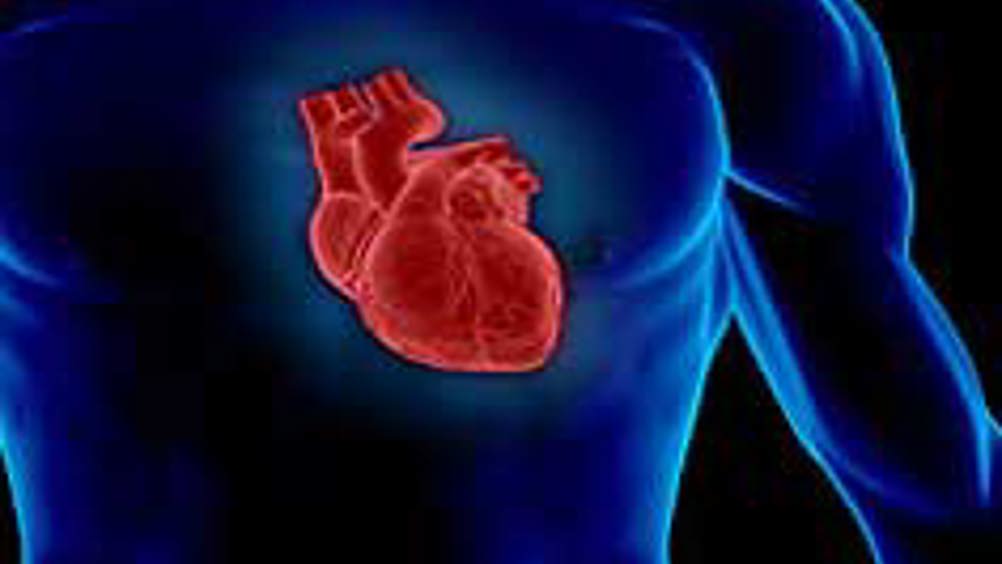'Velcro-like' scaffold holds promise for artificial heart grafts
Canadian engineers have created a biocompatible scaffold that could make it easier to grow artificial heart tissue for repairing damaged hearts.

Canadian engineers have created a biocompatible scaffold that could make it easier to grow artificial heart tissue for repairing damaged hearts.
Scientists have been able grow heart cells in the laboratory for a number of years, however the absence of the support cells found in a real heart means that these cells often bear little resemblance to those found in the body.
To address this, a team from the University of Toronto in Canada has developed a scaffold mesh that can be used to build larger tissue structures than is possible with existing methods.
The group, led by biomedical engineer Prof Milica Radisic, used a special polymer called POMaC to create a 2D mesh for the cells to grow around.
This resembles a honeycomb in shape, except that the holes are not symmetrical. Instead, they are wider in one direction than in another. This provides a template that causes the cells to line up together. When stimulated with an electrical current, the heart muscle cells contract together, causing the flexible polymer to bend.
Register now to continue reading
Thanks for visiting The Engineer. You’ve now reached your monthly limit of news stories. Register for free to unlock unlimited access to all of our news coverage, as well as premium content including opinion, in-depth features and special reports.
Benefits of registering
-
In-depth insights and coverage of key emerging trends
-
Unrestricted access to special reports throughout the year
-
Daily technology news delivered straight to your inbox











BEAS funding available to help businesses cut energy costs
And not a moment too soon, if the following exchange broadcast last Friday 13th June, on the Radio 4 ´Rare Earth´ program (link below, ~ 17 minutes...